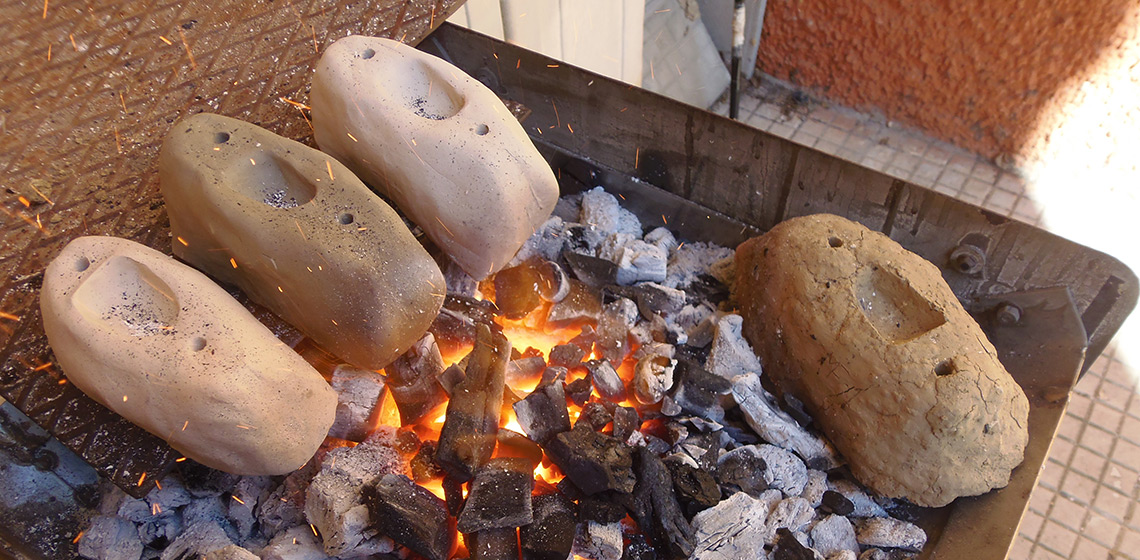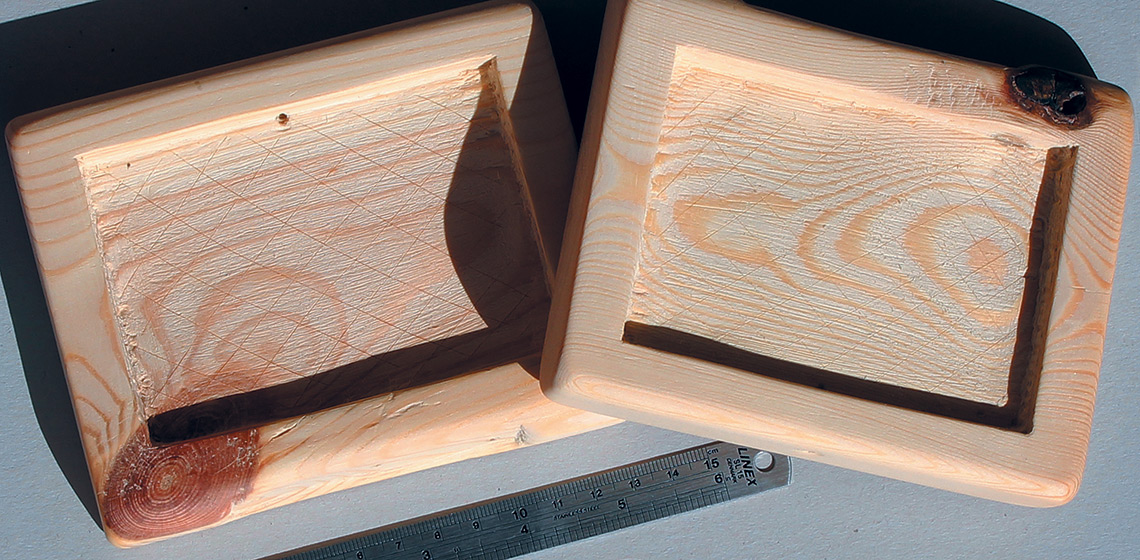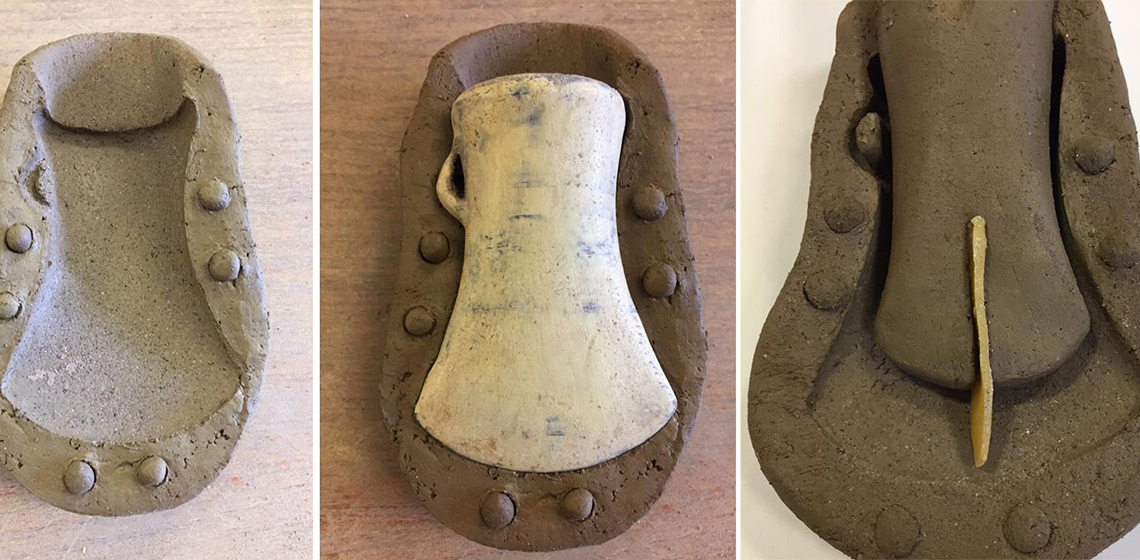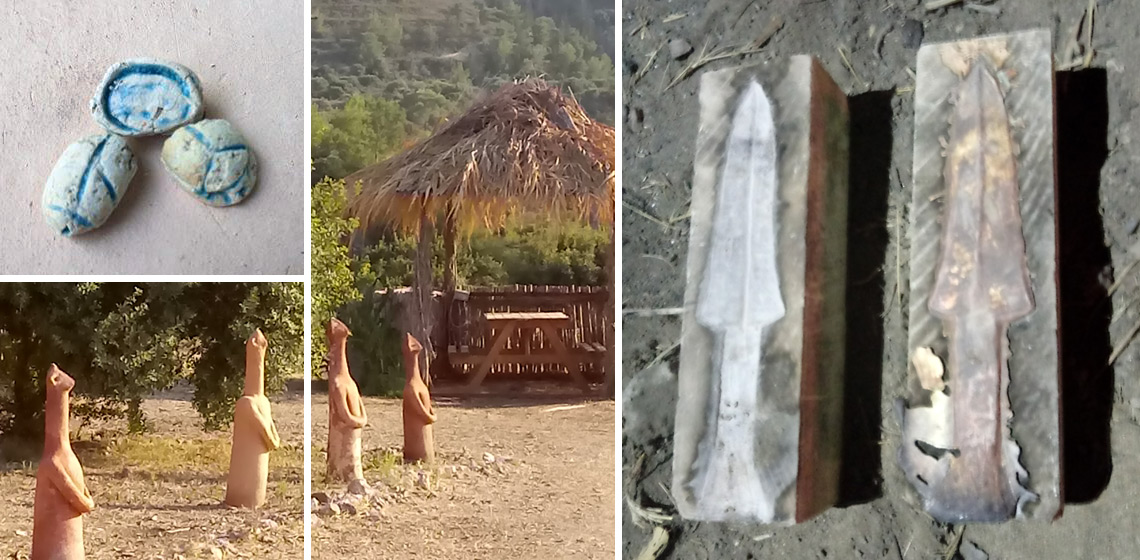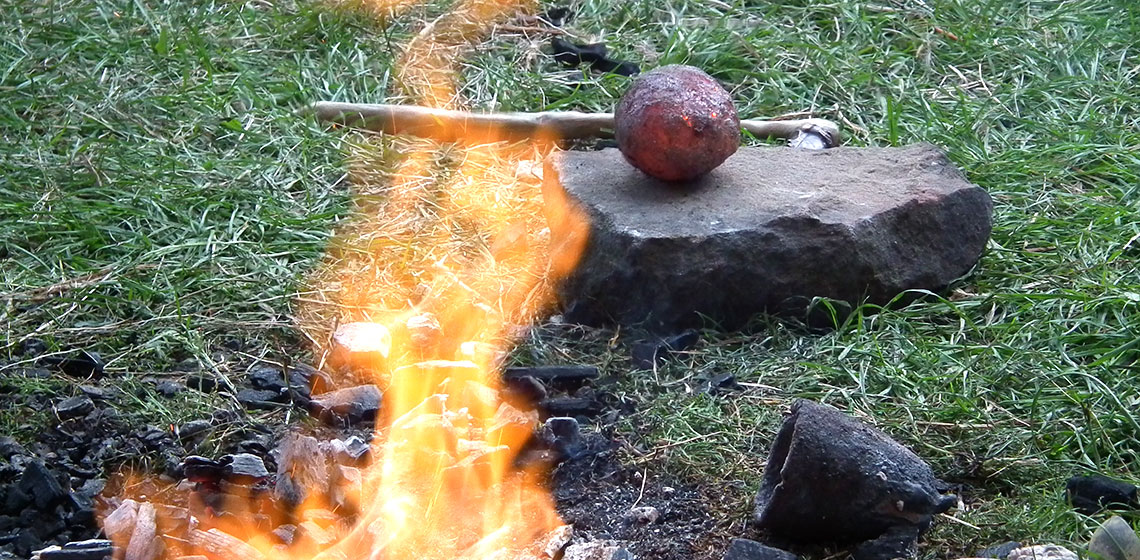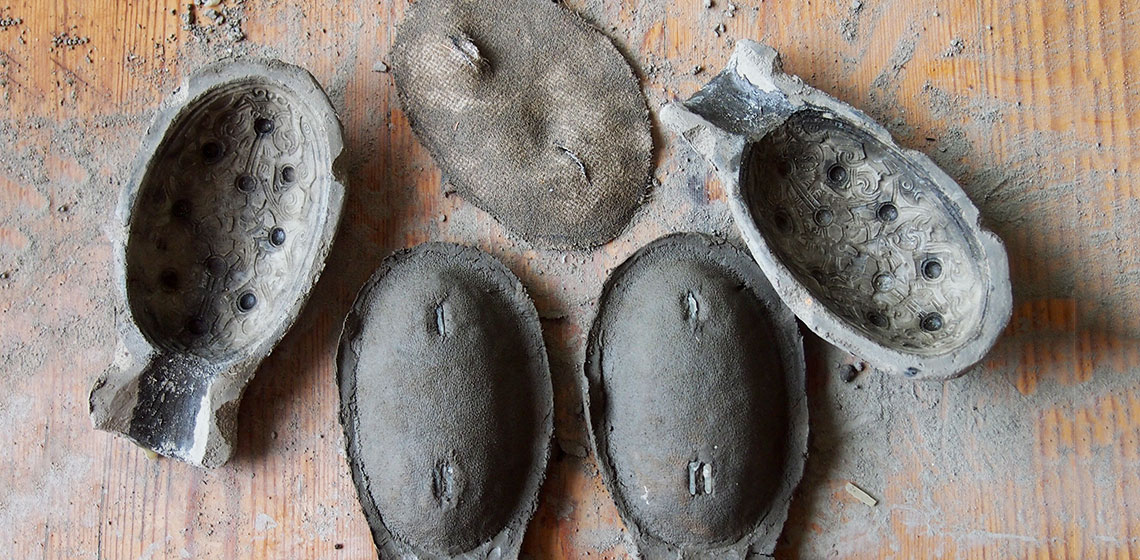casting
Casting a Copper Age Axe Using a Replica of the Marl Mould Found in Baffoni Cave (AN)
Publication Date
These three artefacts suggested that some kind of metal working had most probably been carried out in the cave: Radmilli first described the mould as “a clay mould for casting… containing a piece of copper” (Radmilli, 1956, pp.
Pyrgos Mavroraki Smelting and Melting Experiments in a Metallurgical Workshop of the Second Millennium BC
Publication Date
Interpreting the cultural influences of Cyprus in antiquity has posed an issue, depending on one’s point of view or the different conclusions reached. Until the 1970s, in large part due to the extensive excavations along the northern coast of Cyprus, it seemed reasonable to recognise a plethora of Aegean traits in the island culture. Every element of the Cypriot Bronze Age was analysed and interpreted in...
Experimental Roman Minting: Casting Silver-Copper Alloys into a Bronze Mould
Publication Date
#EAC12 World Tour 2021
***This paper provides the details of a Roman minting experiment, which used a bronze mould to cast debased silver blanks typical of the third century A.D. The investigation follows the paper ''Experiments reproducing Roman debased alloys" (George, 2020) which studied the manufacturing methods used...
***This paper provides the details of a Roman minting experiment, which used a bronze mould to cast debased silver blanks typical of the third century A.D. The investigation follows the paper ''Experiments reproducing Roman debased alloys" (George, 2020) which studied the manufacturing methods used...
Irish Copper Axe-Ingots Recovered in Brittany: Experimental Casting to Recreate Porous Material
Publication Date
The present study discusses the casting of copper axe-ingots in open, wet sand moulds, in an attempt to recreate porous artefacts that have been recovered in Brittany, France. The original axe-ingots are considered to be Irish copper metalwork from the Early Bonze Age. However, these artefacts are not finished objects and are poorly cast. This nevertheless appears to be deliberate because...
A Short Guide to Making Wax Tablets
Publication Date
A few years ago, I conducted a series of experiments focusing on wax tablets as drawing tools in antiquity (Vlavogilakis, in press. All references to my earlier experiments with wax tablets refer to this paper). When this was over, I decided to create a diptych as a present. The method of making was inspired from examples of tablets and diptychs from different periods: Bronze Age...
Socketed Axes of the Irish Late Bronze Age: Understanding the Internal Rib Phenomenon
Publication Date
This study explores the possibility that the internal rib commonly recognised inside bronze socketed axes may suggest an entirely different step in the casting process than previously thought. The internal rib, more commonly referred to as a ‘hafting rib’, has always been regarded as a functional addition to help tighten the grip of the haft once fitted into the socket. However, many of the internal ribs...
Conference Review: The Third Annual Vounous Symposium
Publication Date
The Third Annual Vounous Symposium was held 1-16 September 2019 and located near Çatalköy in Northern Cyprus. In addition to ceramics and bronze casting, experiments were also conducted on smelting local copper ore, carving moulds from local limestone, and making faience.
Event Review: Third Annual Bronze Casting Festival, Uelsen (DE)
Publication Date
The third annual Bronze Casting Festival at the Bronzezeithof in Uelsen continued its theme of metalworking and experimental archaeology in a Bronze Age setting. The event drew participants from around Europe and the US to combine their knowledge and share experiences...
Viking Jewellery Mould Making. Experimental and Reconstructive Aspects
Publication Date
Craftsmanship relies upon the silent knowledge of the skilled experience of the creative workings of the hands, a knowledge that is difficult to convert to written characters without creating a blur of words that make very little sense. Theoretical reasoning lacks the dialogue with, and the resistance from, the raw material. Making up a picture of how wax, clay and metal would behave without practical experience of them is...
Experiencing Visible and Invisible Metal Casting Techniques in Bronze Age Italy
Publication Date
OpenArch Dialogue with Skills Issue
***What we know about Bronze Age metalworking in Italy basically relies on finished artefacts and on stone, clay or bronze implements involved in the process of manufacturing (tuyères, crucibles, moulds, hammers, chisels, et cetera; Bianchi, 2010; Bianchi, in press).
***What we know about Bronze Age metalworking in Italy basically relies on finished artefacts and on stone, clay or bronze implements involved in the process of manufacturing (tuyères, crucibles, moulds, hammers, chisels, et cetera; Bianchi, 2010; Bianchi, in press).

